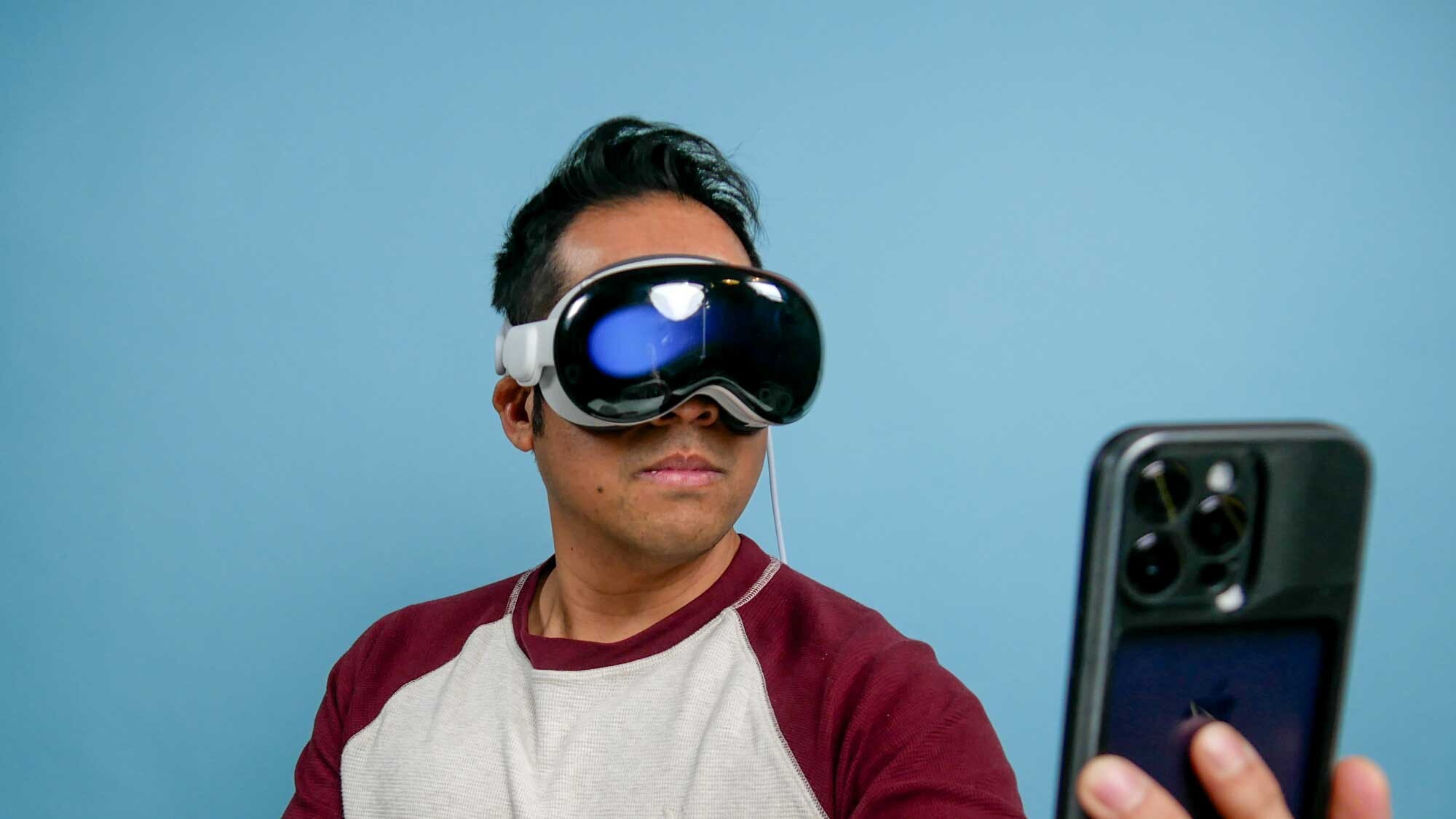
After reading about in detail since it was announced, and staring at my boss from across my desk at work with it on, I finally got to try out the Apple Vision Pro. I’m a bit more critical than some first-time users mainly for the fact that I’ve had extensive experience using these kinds of mixed reality headsets.
While I was impressed in certain respects, I came to this conclusion: the Vision Pro right now feels more like a pricey accessory than a standalone product.
I know, it’s a harsh thing to say. But I can’t justify spending $3,500 on a mixed reality headset that still feels more like an extension for other gadgets I already own, even though its level of immersion is really impressive. Yet, it does bring us closer to what I envisioned 7 years ago when I reviewed the original Oculus Rift.
All I need to do is just look at my desk right now, which is cluttered with wires, peripherals, and other gadgets I use on a daily basis to get my work done. While it won’t happen yet, there could be a day when I come to a clean work desk, strap on a device like the Apple Vision Pro, and have everything I rely on right now — but all in the mixed reality space. I’m convinced that’ll happen in due time, but not right now.
It’s an extension for the Mac
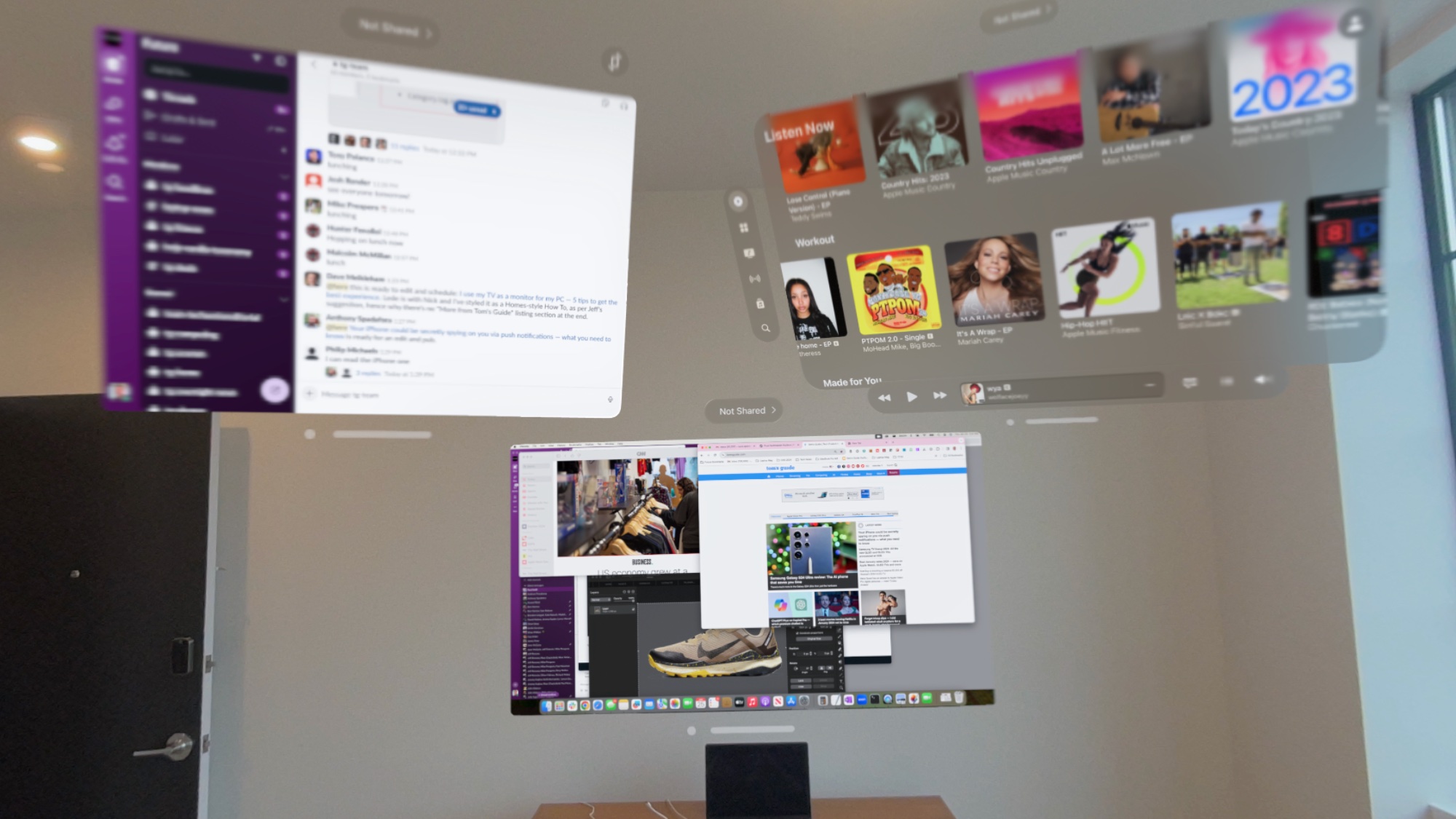
The first reason why I believe the Vision Pro is more of an accessory than a standalone device is how the Apple Vision Pro works with the Mac. With the Mac Virtual Display feature, you can just look at your MacBook Pro and then pop its screen into your virtual space — which I think is helpful in those situations when you need a big 4K monitor but you're tight on space. With Mac Virtual Display, you’ll be able to have additional screens that work in tandem with the one on your Mac.
But my problem here is that this particular function makes the Apple Vision Pro act more like a portable monitor. You’re still locked into using a Mac in order for this to work, rather than having a dedicated spatial computing experience that’s not tethered to anything else. I really would love it if the Apple Vision Pro could natively run MacOS all on its own.
I’m not sure about you, but I can’t convince myself to buy a Mac, let alone another $3,500 for what’s essentially another external monitor.
Apple needs a cloud computing platform now more than ever
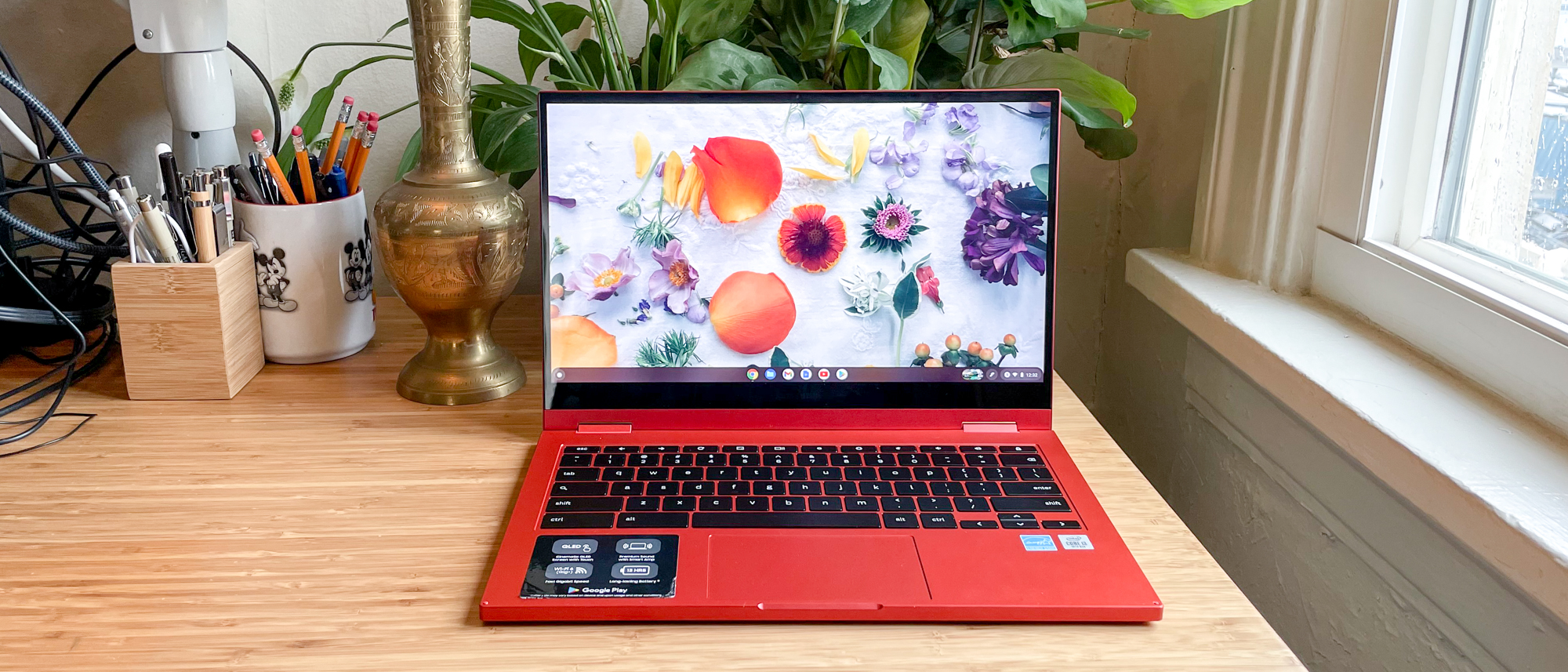
This is yet another controversial suggestion, but I think that it’s time for Apple to start thinking about developing its own cloud computing platform. It could inherently transform computing as a whole if it were developed specifically with the Apple Vision Pro in mind, seeing that users could easily access MacOs and all of their favorite apps.
I often think about how ChromeOS gives users access to the same experience on multiple devices they use. With cloud computing, I can start a document using Google Docs on any of the best Chromebooks around, then finish it at home on a totally different machine. Future iterations of the Apple Vision Pro with visionOS could be better propositions for Apple to explore developing its own cloud computing platform. Although, this could end up being an immense undertaking on its own — but I can still dream for the day when Apple has one platform that runs on all of its gadgets.
No true wireless fidelity
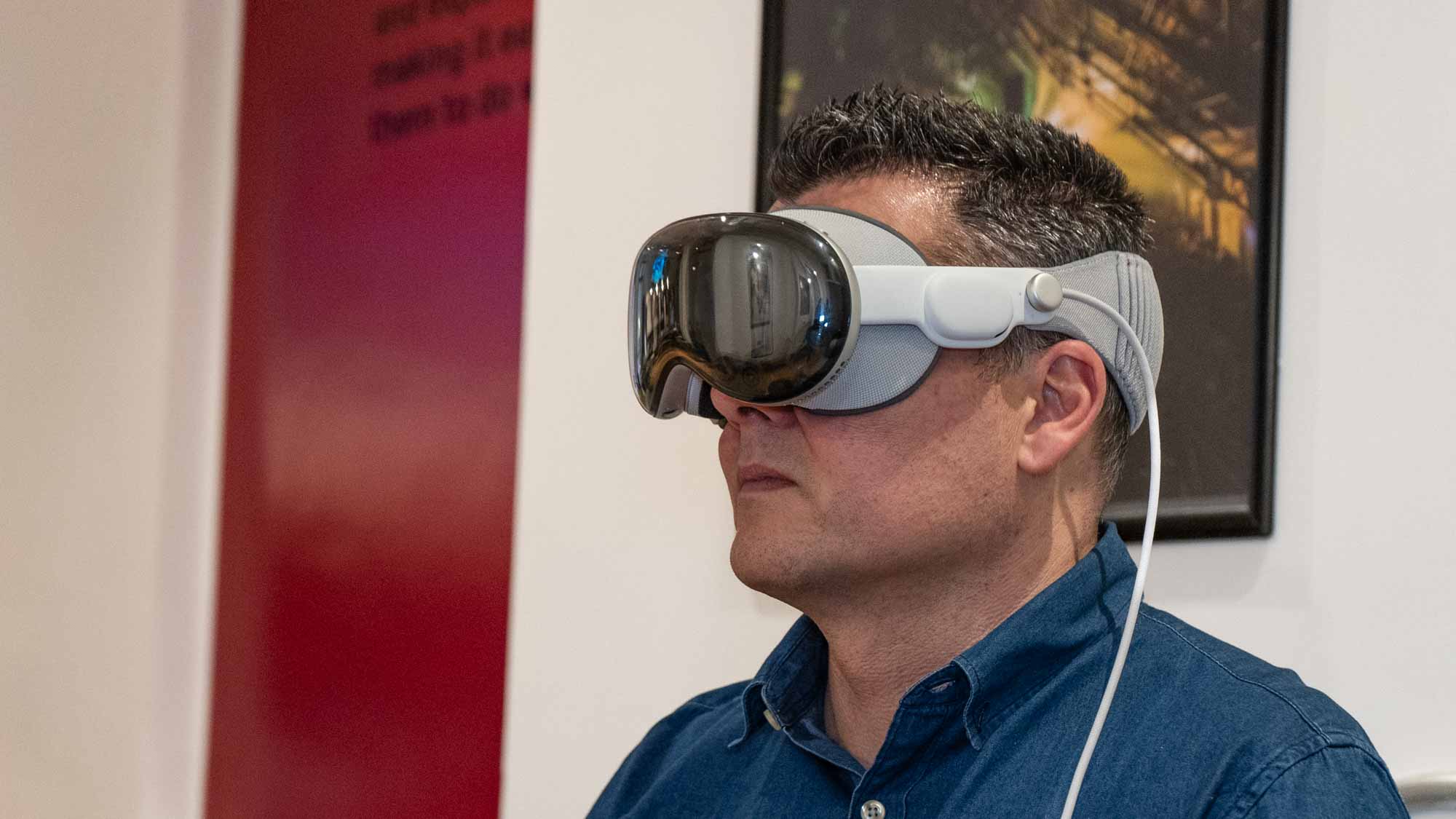
You’ve probably watched videos of people wearing the Apple Vision Pro in public. It looks ridiculous, but could end up being a norm much like people talking aimlessly with a Bluetooth headset. While a lot of people complain about the wire that connects to the external battery pack, I’m actually more concerned by another thing it lacks.
Oddly enough, the Vision Pro doesn’t have a 5G modem to give it the same level of wireless fidelity I get with my phones. The Apple Vision Pro relies on Wi-Fi connectivity instead to get the most out of its experiences. Considering how Apple offers both Wi-Fi only and 5G enabled options with its Apple Watches, I was actually surprised the company didn’t go after the same approach with the Vision Pro.
Whether it’s a matter of power efficiency or a cost concern, having an Apple Vision Pro with a 5G model could further cement its stature as being a standalone gadget — rather than one that leans on the mobile hotspot functionality of my phone.
You’ll end up spending a fortune
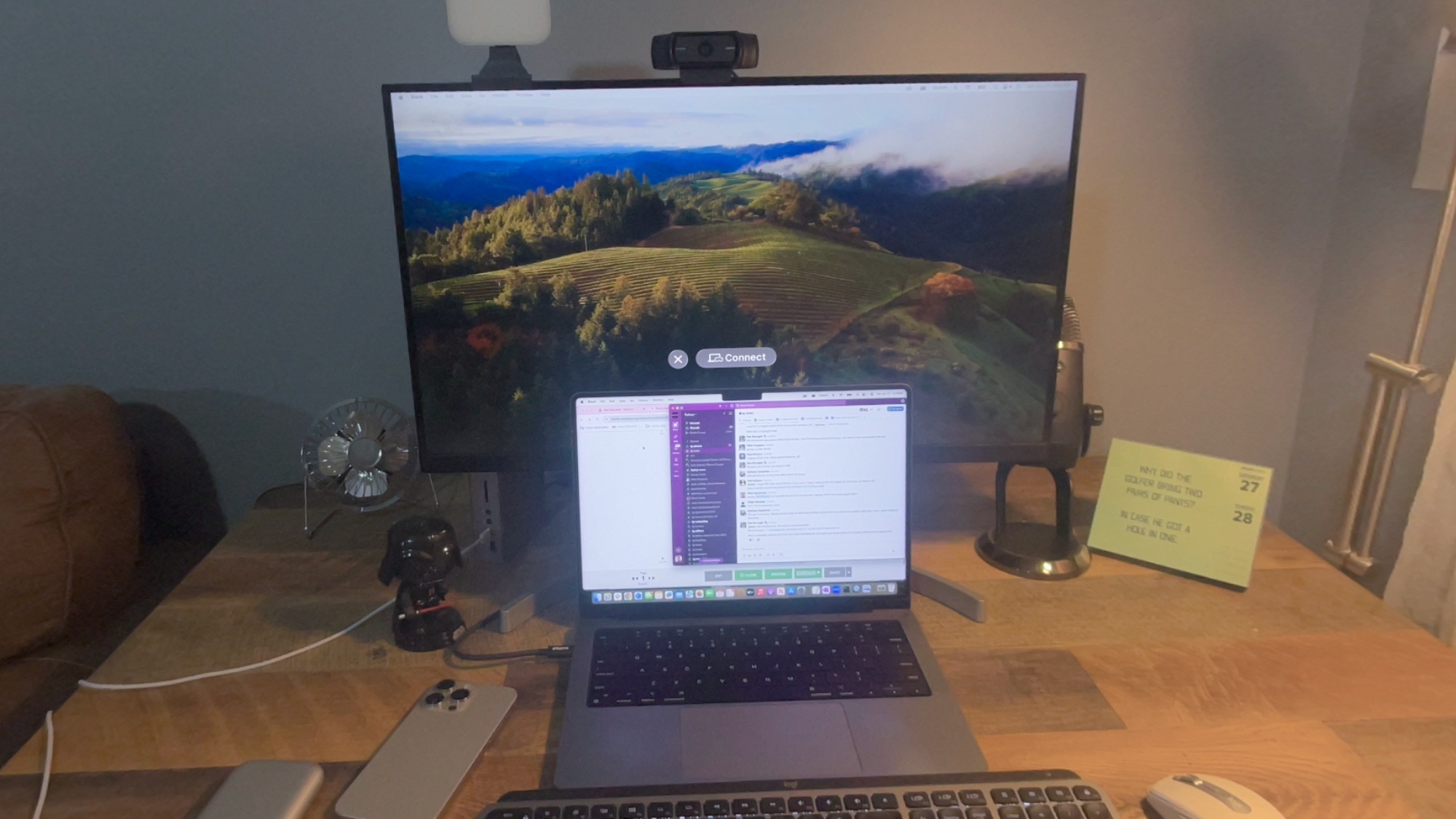
Like I mentioned earlier, I’ve been using VR and XR headsets extensively for a long time — and I think these devices will be a major shakeup. There’s nothing tremendously original about the Apple Vision Pro that I haven’t experienced on competing headsets, but I’ll admit Apple refines a lot of the experiences in a more meaningful, intuitive way (eye tracking for selecting stands out for me, for example).
Right now, I still rely on my laptop for work, my phone to keep me connected, a mouse to navigate around, a keyboard for typing, and a monitor to extend additional windows I have up. There’s the potential for the Apple Vision Pro to replace all of them, but I’ll wait for when that time comes. Paying $3,500 for the Vision Pro would be more justifiable if it could replace all of them. I’ll just hold off for now, unless Apple can get the price down.







